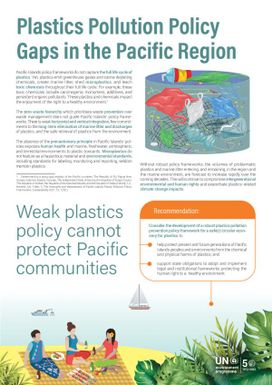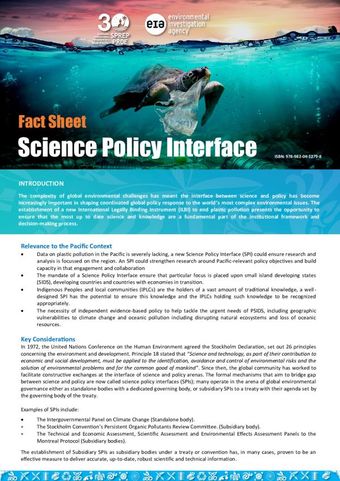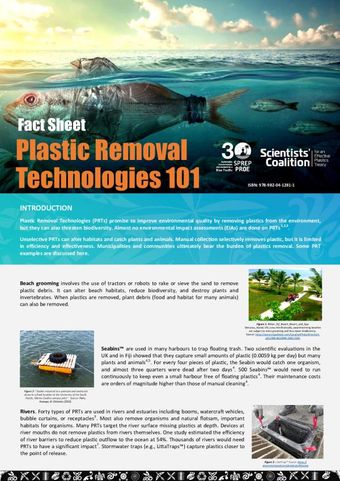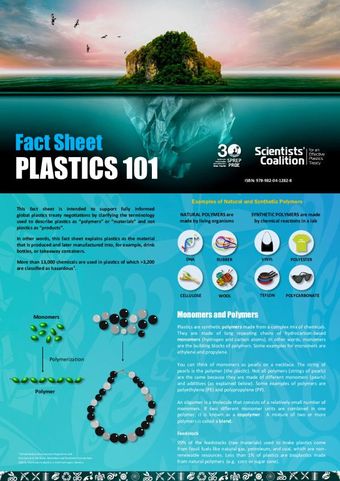Plastics Pollution Policy Gaps in the Pacific Region - Factsheet 2
- Description:
- Pacific Islands policy frameworks do not capture the full life cycle of plastics. Yet, plastics emit greenhouse gases and ozone depleting chemicals, create marine litter, shed microplastics, and leach toxic chemicals throughout their full life cycle. For example, Ninety-nine percent of plastics come from fossil fuels, and plastics production is estimated to produce >400 million tonnes of greenhouse gases (GHGs) per year. This figure does not include emissions from waste management (including transport), mismanagement, and degradation of plastic products. Plastics pollution, including marine litter, magnifies climate impacts in the Pacific region and threatens the right to a safe, clean, healthy and sustainable environment.
- Display date:
- 2021
- Location:
- Pacific Region
- Collections:
- Secretariat of the Pacific Regional Environment Programme (SPREP)
- Publisher:
- United Nations Environment Programme (UNEP)
- Content partner:
- Secretariat of the Pacific Regional Environment Programme (SPREP)
- Availability:
- Not specified
-
Copyright status: All rights reservedFind out more about what you are able to do with this itemThis item is all rights reserved, with means you'll have to get permission from Secretariat of the Pacific Regional Environment Programme (SPREP) before using it. For more information, please see our use and reuse page.What can I do with this item?Non-infringing useNZ copyright law does not prevent every use of a copyright work, and this item may be hosted by an international institute or organisation. You should consider what you can and cannot do with a copyright work.No sharingYou may not copy and/or share this item with others without further permission. This includes posting it on your blog, using it in a presentation, or any other public use.No modifyingYou are not allowed to adapt or remix this item into any other works.No commercial useYou may not use this item commercially.
Related items
Welcome and warm Pasifik greetings
The information on this site has been gathered from our content partners.
The names, terms, and labels that we present on the site may contain images or voices of deceased persons and may also reflect the bias, norms, and perspective of the period of time in which they were created. We accept that these may not be appropriate today.
If you have any concerns or questions about an item, please contact us.



